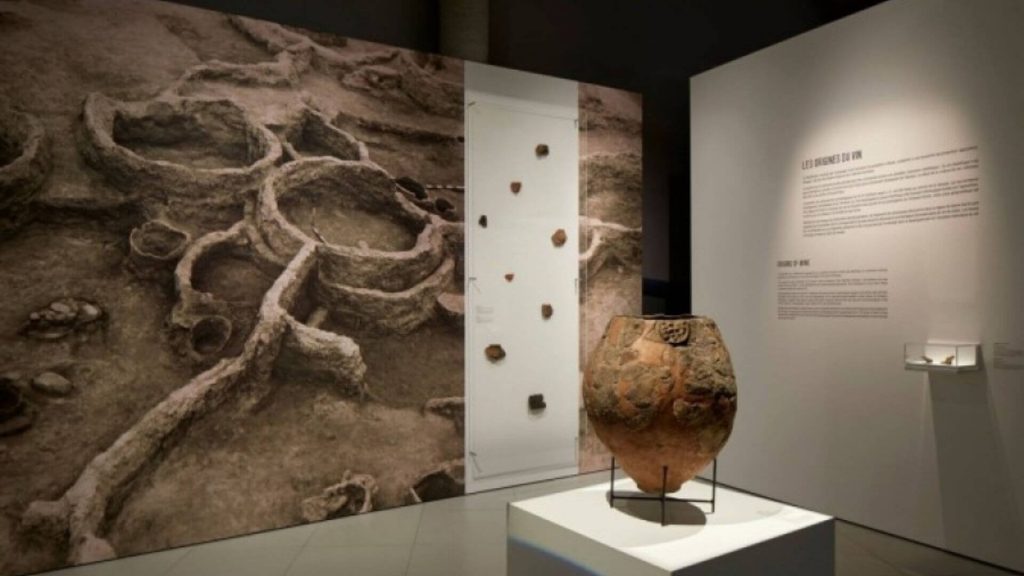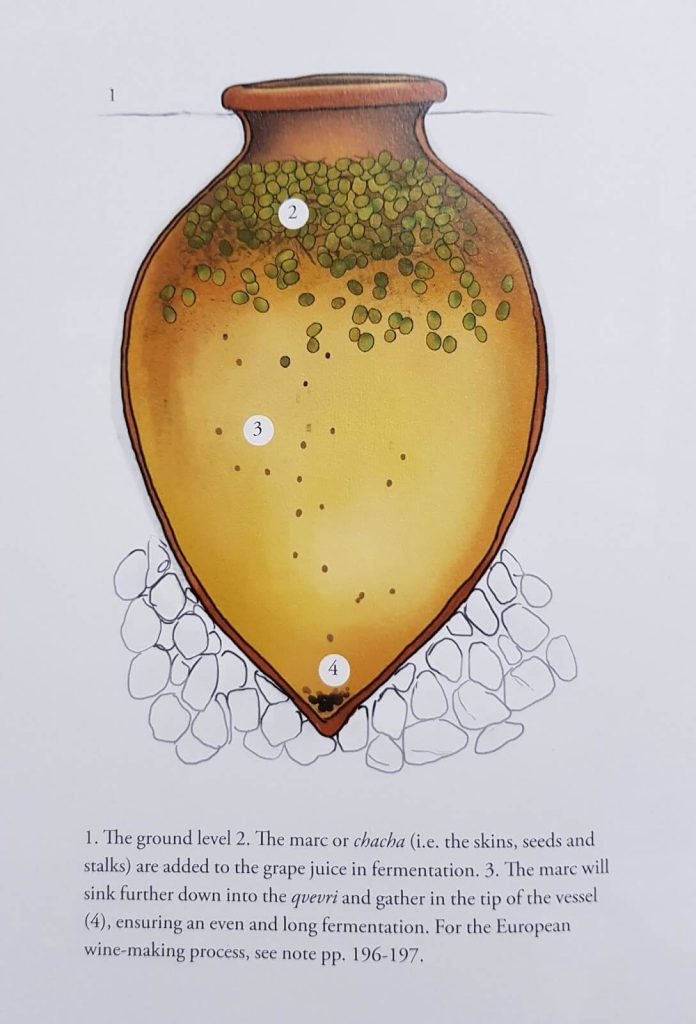What makes Georgia a wine country?

Georgians were the first wine makers
The international scientific community acknowledged that the earliest evidence of winemaking was found in Georgia, from whence it expanded throughout the world and had a significant influence on the development of agriculture, folk culture, biology, medicine, and civilization as a whole.
The earliest examples of Georgian winemaking

Archaeologists unearthed a VI millennium BC grain of the vine in Kvemo Kartli, south of Tbilisi, in the Marneuli Valley, decades ago. It is attributed to the vine cultivar Vitis Vinifera Sativa based on morphological and ampelographic indications. Additionally, other clay pot fragments that were discovered in the same Georgian region were investigated by specialists.
Scientists vouch for Georgia’s wine region
Researchers at the University of Milan, under the direction of Osvaldo Failla, have recreated the environment of the BC. VI millennium and established that Kvemo Kartli had favorable circumstances for vine growth 8000 years ago.
Chemical testing verified the presence of tartaric acid calcium salt on clay vessels. Wine or grape juice was the sole possible source of tartaric acid on the ceramic material’s walls.
Georgian wine uniqueness
Ancient Georgian winemaking techniques
The secret of Georgian wine’s historic production method is what gives it its distinctiveness. Georgian wines are not fermented, stored, or aged in wood barrels like other Old World wines are. In fact, “Qvevri” is used in winemaking, according to the oldest evidence.
Describe Qvevri

The clay Qvevri is an egg-shaped container used for wine production, maturing, and storage.
Crushing grapes and adding the juice, together with the skins, stems, and pips, to a clean, beeswax-lined Qvevri for fermentation is how Georgians traditionally make wine.
Between uses, Georgian winemakers clean and reline their Qvevri. As a result, the tannins in the grape skins begin to ferment due to naturally occurring yeasts from the grape skins.
The ancient winemaking process used in Georgia is recognized by UNESCO as a world heritage site.
Marani’s Georgian wine cellar
The Georgian wine cellar, which provides darkness, a steady low temperature, and the right humidity, is used to store and safeguard wine from potentially hazardous exterior effects.
It is an essential component of old winemaking customs and is a highly significant and priceless location for the Georgian people.
Georgia is a haven for organic wines
Georgian wine is natural, and making wine naturally in Georgia isn’t just another trendy phrase driven by consumer demand, which is another reason why Georgia is known as a wine country.
All of this is attributable to the product’s long history of production because the pitcher itself promotes natural fermentation because of its chemical composition and porous structure. Therefore, Georgian wines do not require additional chemicals.





Leave a Reply
You must be logged in to post a comment.